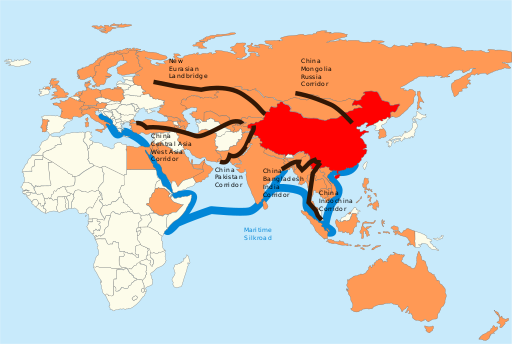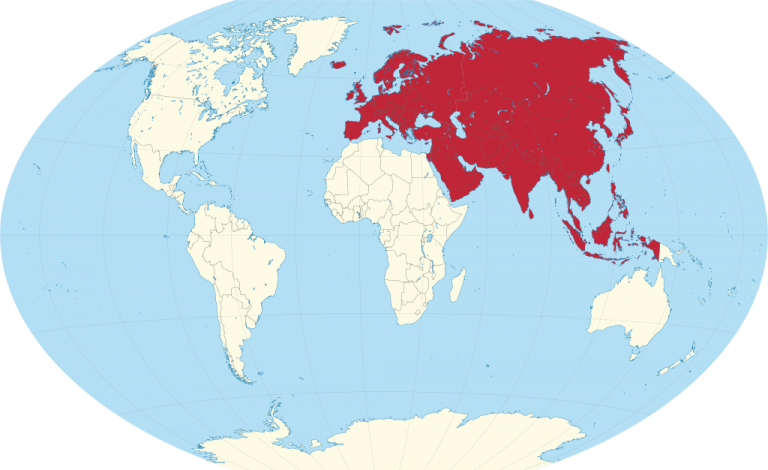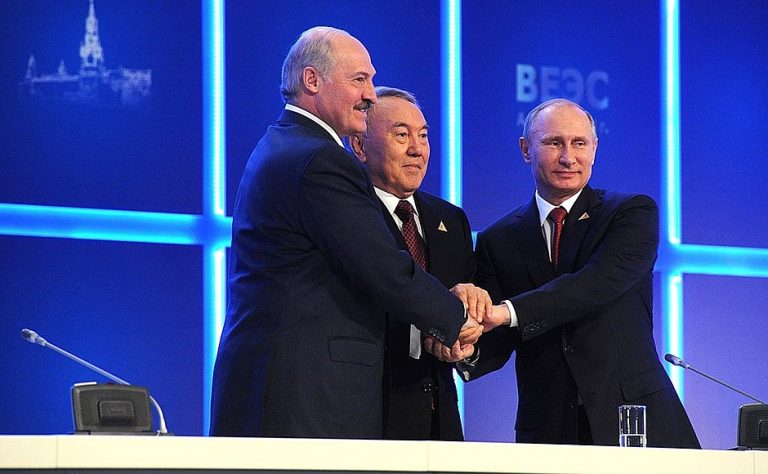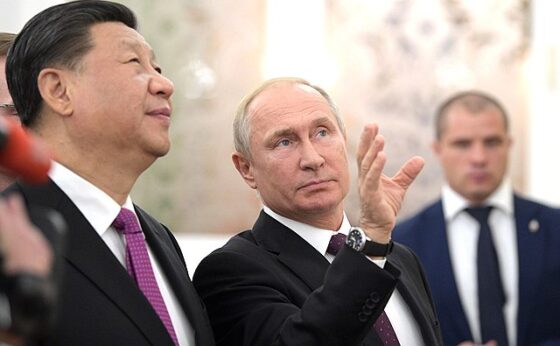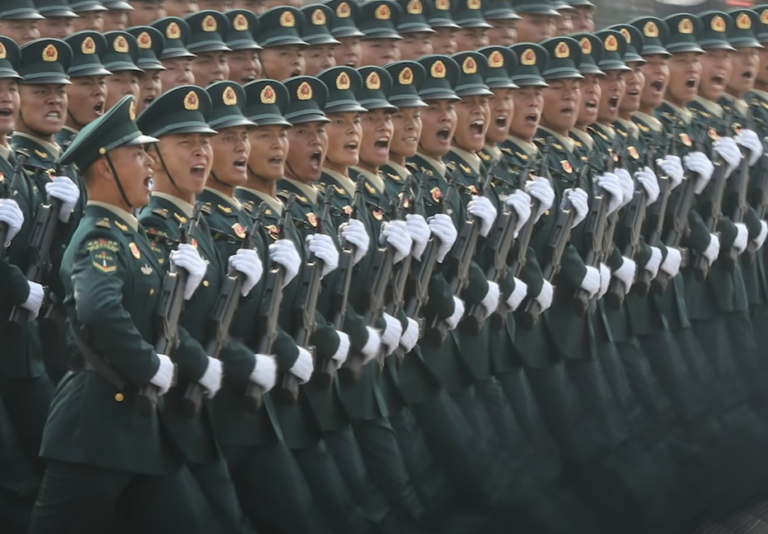When the Eurasian Economic Union (aka the Eurasian Union) was unveiled in early 2015, it had one major goal: to strengthen Moscow’s position across the former Soviet space. By promising economic benefits and military protection, the Kremlin managed to bring Armenia, Belarus, Kazakhstan, and Kyrgyzstan into the Union and solidify its influence over them. However, the Eurasian Union has stalled since then. It lags considerably far behind other major unions across the Eurasian continent in terms of overall economic and political influence, and will continue to face major geopolitical competition from the European Union (EU).
